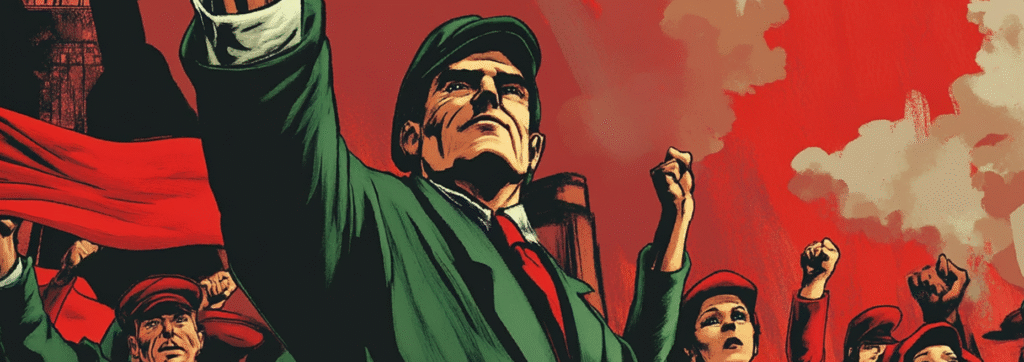Labor Day is often seen as the unofficial end of summer in the United States—a time for barbecues, back-to-school sales, and one last weekend getaway. But beyond the long weekend lies a deeper history rooted in protest, solidarity, and hard-won workers’ rights. Here are five fascinating and lesser-known facts about Labor Day that help reveal its true significance.
1. It All Started with the Fight for an Eight-Hour Workday
2. Not Everyone Celebrates Labor Day on the Same Date
While many countries observe Labor Day on May 1st—also known as International Workers’ Day—the United States and Canada celebrate it on the first Monday of September. This distinction was intentional. U.S. lawmakers chose a September date in the 1890s to separate the holiday from the more politically charged May Day, which had become associated with socialist and anarchist movements.
3. May 1st Commemorates the Haymarket Affair
International Workers’ Day on May 1st honors the Haymarket Affair of 1886. During a peaceful labor rally in Chicago demanding an eight-hour workday, an unknown person threw a bomb at police, leading to chaos and deadly gunfire. The event became a symbol of the global labor movement and is why May 1st remains a day of protest and remembrance in many countries.
4. Labor Day Was Originally a Day of Protest
In its early years, Labor Day in many places was marked by worker demonstrations, union parades, and public speeches. Today, in countries like the U.S., it has shifted toward celebration and consumerism. In contrast, many nations continue to use Labor Day as a time for activism, with rallies and protests advocating for improved wages, working conditions, and social justice.
5. The First U.S. Labor Day Parade Drew Over 10,000 Workers
The first official Labor Day celebration in the United States took place on September 5, 1882, in New York City. Over 10,000 workers marched from City Hall to Union Square, many taking unpaid time off to participate. They carried signs demanding better pay, shorter hours, and safer workplaces—messages that still resonate today.
In the late 19th century, laborers in the U.S. and elsewhere often worked 10 to 16 hours a day, six days a week. The labor movement sought a better balance, rallying behind the slogan: “Eight hours for work, eight hours for rest, and eight hours for what we will.” This demand helped shape modern labor laws and inspired the creation of Labor Day.
Final Thoughts
Labor Day is more than just a holiday; it’s a tribute to the resilience and determination of the working class. It’s a day to honor the victories of the labor movement and to reflect on ongoing struggles for workplace fairness, equality, and dignity. Whether you’re enjoying time off or engaging in advocacy, remember the history behind this important day.

